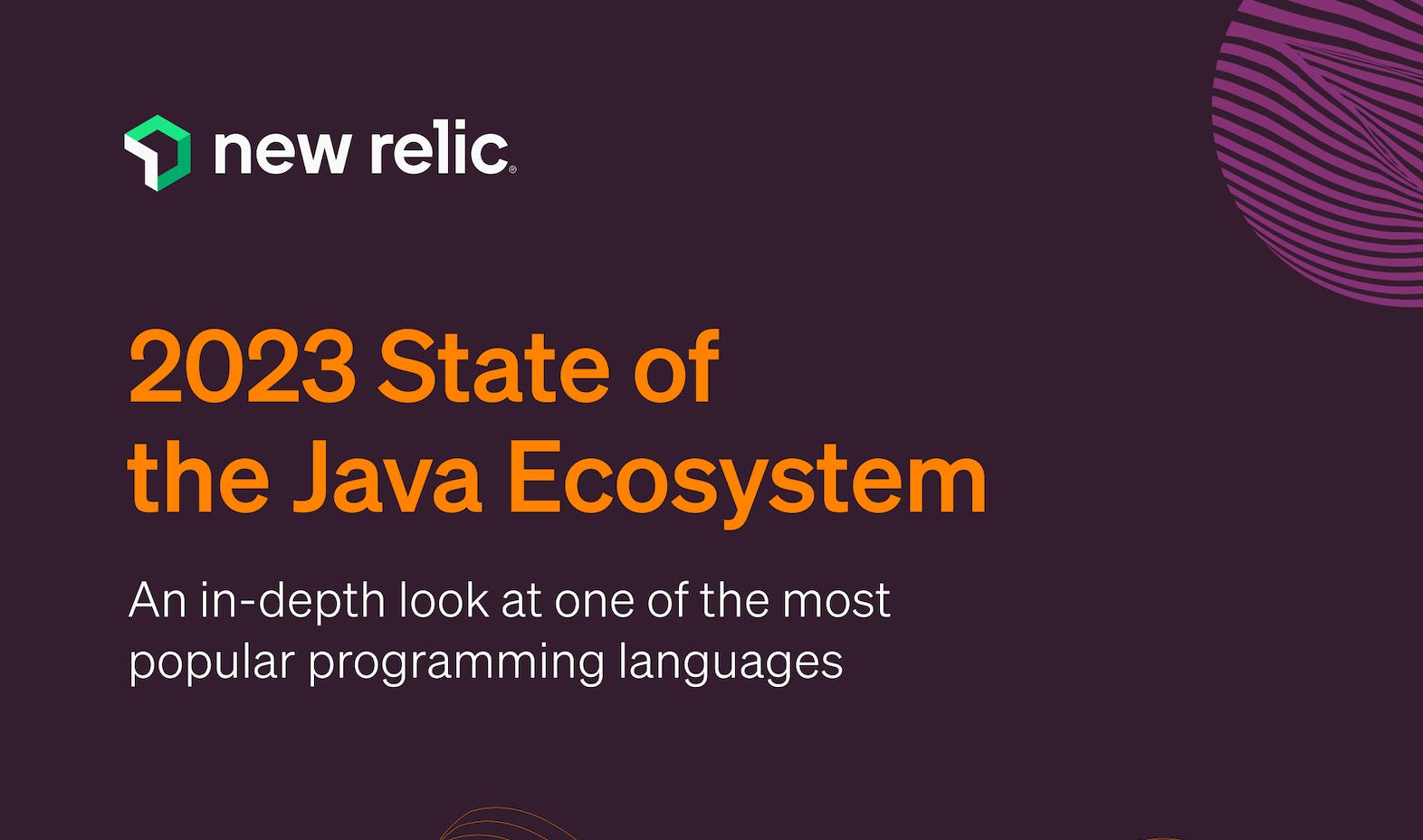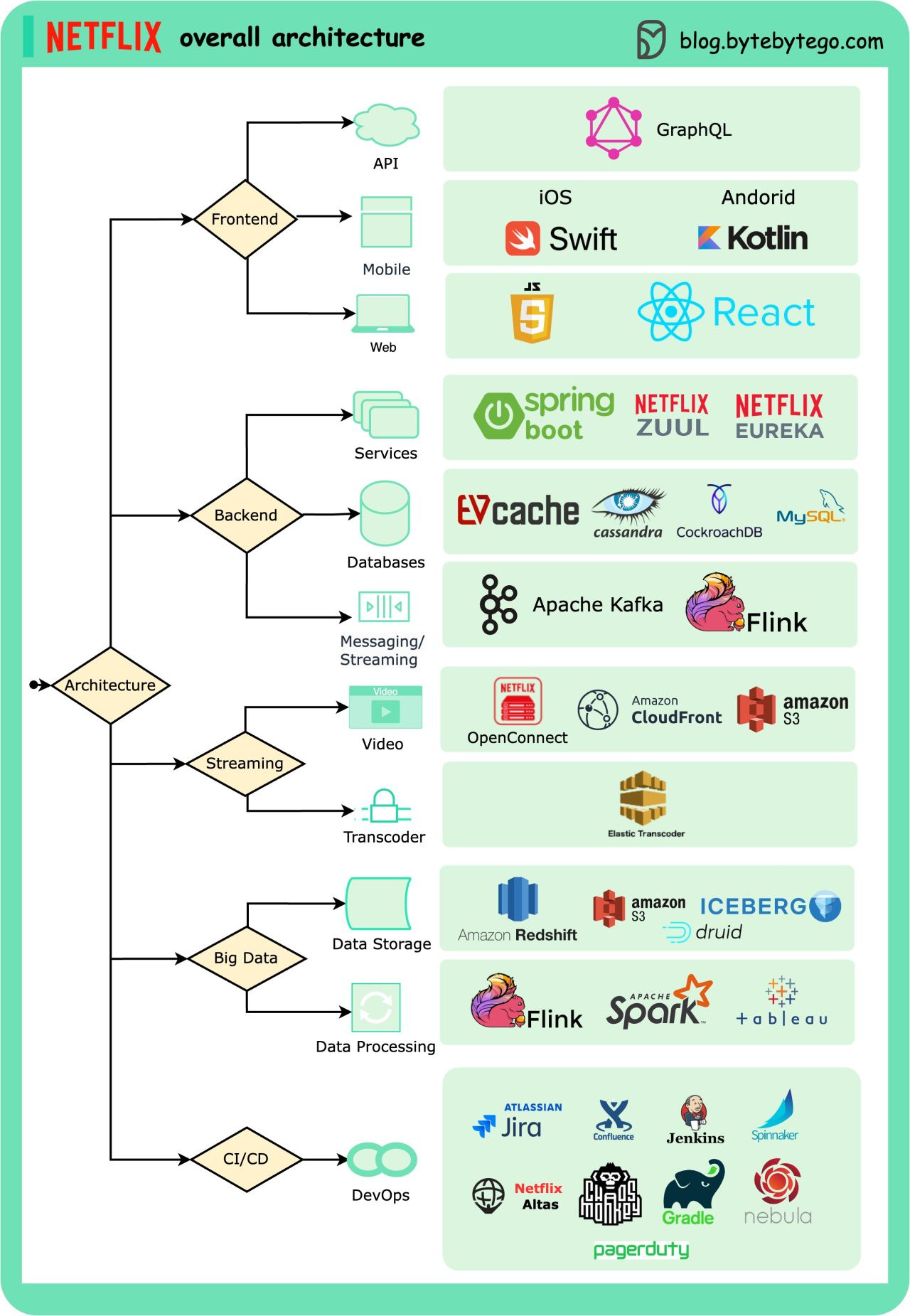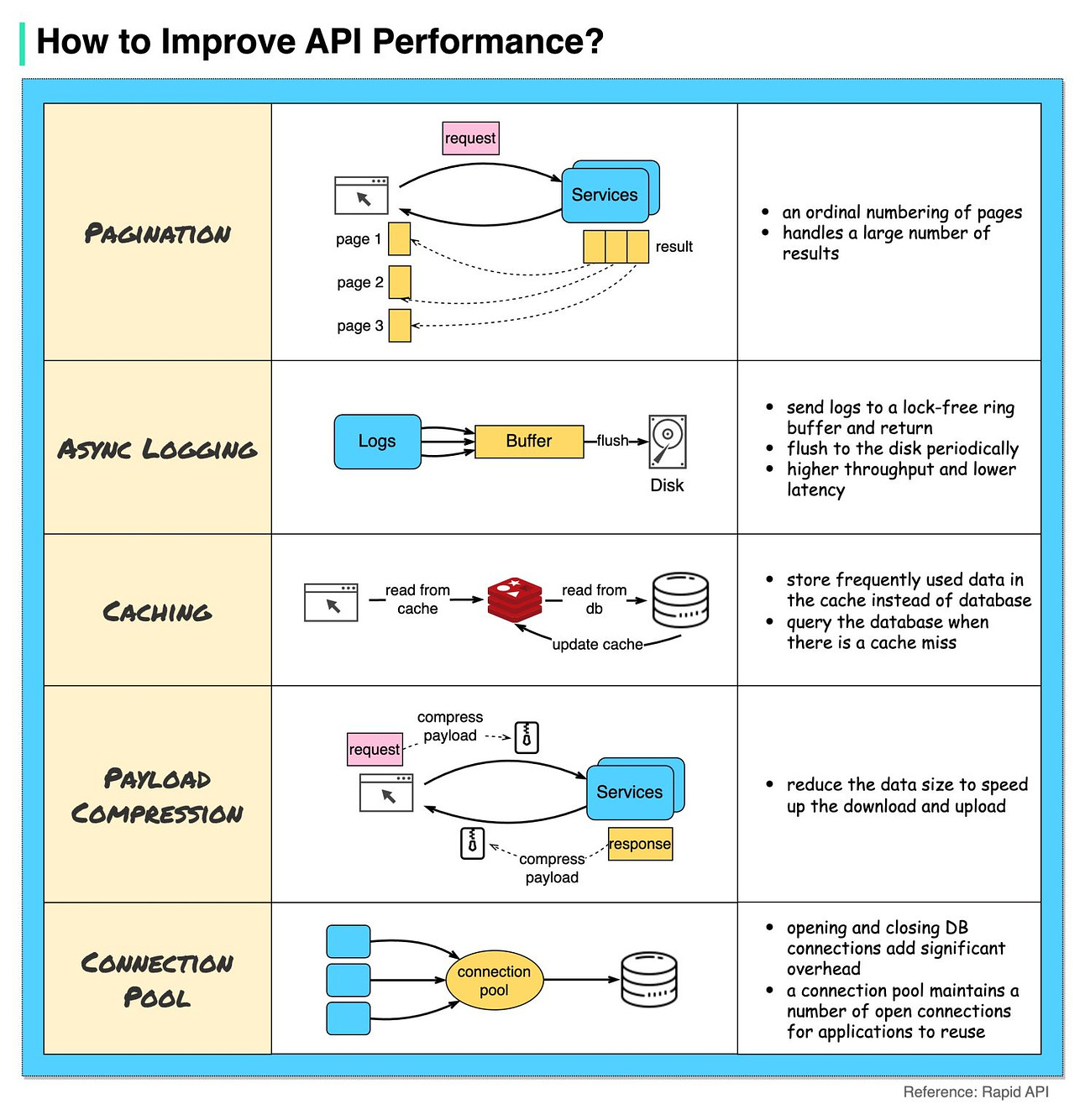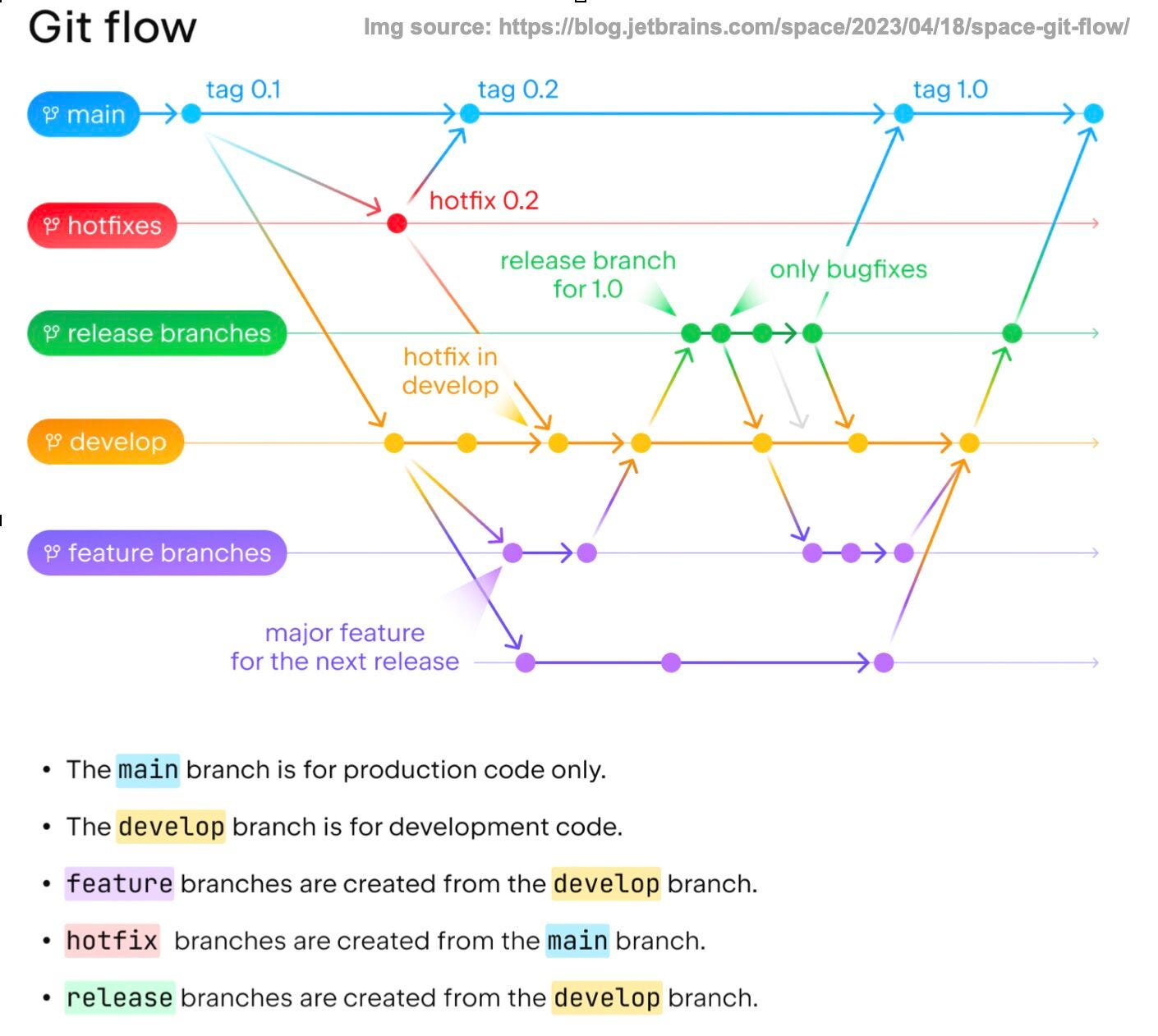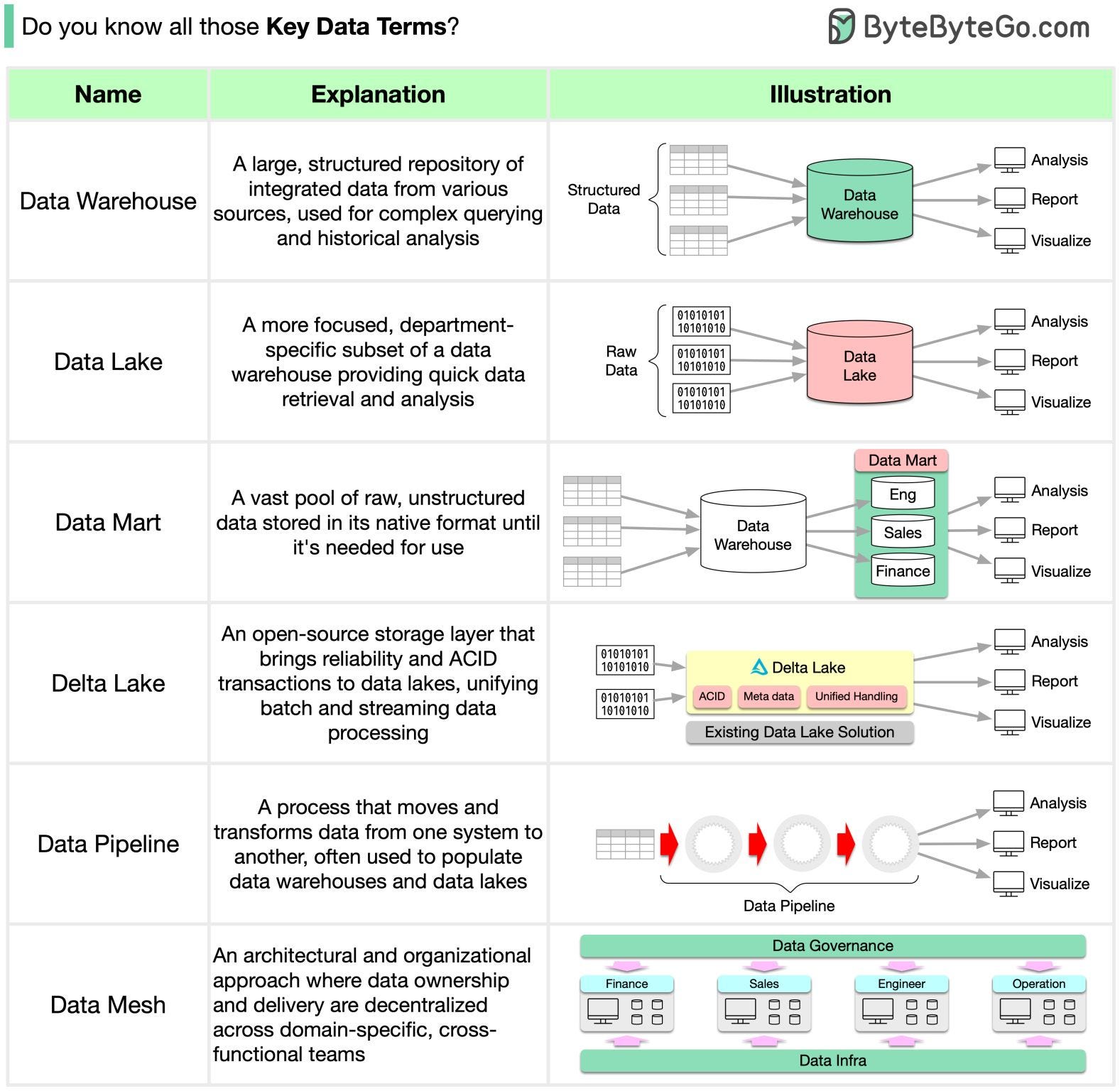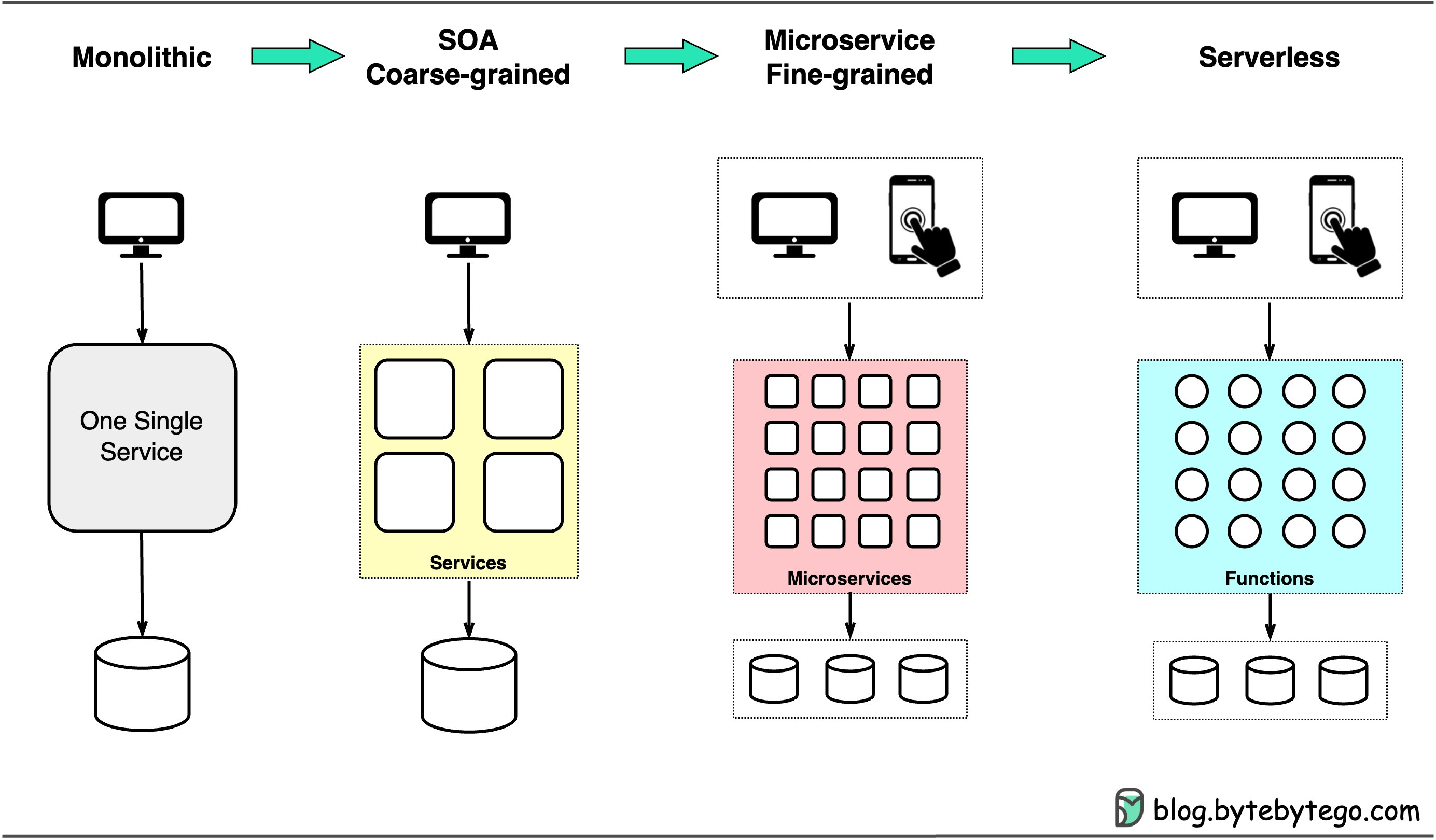- Mailing Lists
- in
- EP64: How to improve API performance
Archives
- By thread 4451
-
By date
- June 2021 10
- July 2021 6
- August 2021 20
- September 2021 21
- October 2021 48
- November 2021 40
- December 2021 23
- January 2022 46
- February 2022 80
- March 2022 109
- April 2022 100
- May 2022 97
- June 2022 105
- July 2022 82
- August 2022 95
- September 2022 103
- October 2022 117
- November 2022 115
- December 2022 102
- January 2023 88
- February 2023 90
- March 2023 116
- April 2023 97
- May 2023 159
- June 2023 145
- July 2023 120
- August 2023 90
- September 2023 102
- October 2023 106
- November 2023 100
- December 2023 74
- January 2024 75
- February 2024 75
- March 2024 78
- April 2024 74
- May 2024 108
- June 2024 98
- July 2024 116
- August 2024 134
- September 2024 130
- October 2024 141
- November 2024 171
- December 2024 115
- January 2025 216
- February 2025 140
- March 2025 220
- April 2025 25
EP64: How to improve API performance
EP64: How to improve API performance
This week’s system design refresher:
2023 State of the Java Ecosystem Report by New Relic (Sponsored)Get an in-depth look at one of the most popular programming languages in New Relic's 2023 State of the Java Ecosystem report. You’ll get insight into:
Highlights from the report:
How Discord Stores TRILLIONS of Messages Netflix's Overall ArchitectureThis post is based on research from many Netflix engineering blogs and open-source projects. If you come across any inaccuracies, please feel free to inform us. Mobile and web: Netflix has adopted Swift and Kotlin to build native mobile apps. For its web application, it uses React. Frontend/server communication: Netflix uses GraphQL. Backend services: Netflix relies on ZUUL, Eureka, the Spring Boot framework, and other technologies. Databases: Netflix utilizes EV cache, Cassandra, CockroachDB, and other databases. Messaging/streaming: Netflix employs Apache Kafka and Fink for messaging and streaming purposes. Video storage: Netflix uses S3 and Open Connect for video storage. Data processing: Netflix utilizes Flink and Spark for data processing, which is then visualized using Tableau. Redshift is used for processing structured data warehouse information. CI/CD: Netflix employs various tools such as JIRA, Confluence, PagerDuty, Jenkins, Gradle, Chaos Monkey, Spinnaker, Altas, and more for CI/CD processes. How to improve API performanceThe diagram below shows 5 common tricks to improve API performance.
Over to you: What other tricks do you use to improve API performance? What branching strategies does your team use?Teams often employ various branching strategies for managing their code, such as Git flow, feature branches, and trunk-based development. Out of these options, Git flow or its variations are the most widely favored methods. The illustration by Jetbrains explains how it works. Data is used everywhere, but do you know all the commonly used data terms?
Over to you: do you know the difference between a data engineer and a data scientist? ByteByteGo is looking for guest posts/authorsI’m looking for guest posts/authors for ByteByteGo's social media or newsletter (> 1.5 million audiences).
Submit your pitch here. Latest articlesHere are the latest articles you may have missed: To receive all the full articles and support ByteByteGo, consider subscribing: © 2023 ByteByteGo |
by "ByteByteGo" <bytebytego@substack.com> - 11:37 - 17 Jun 2023
